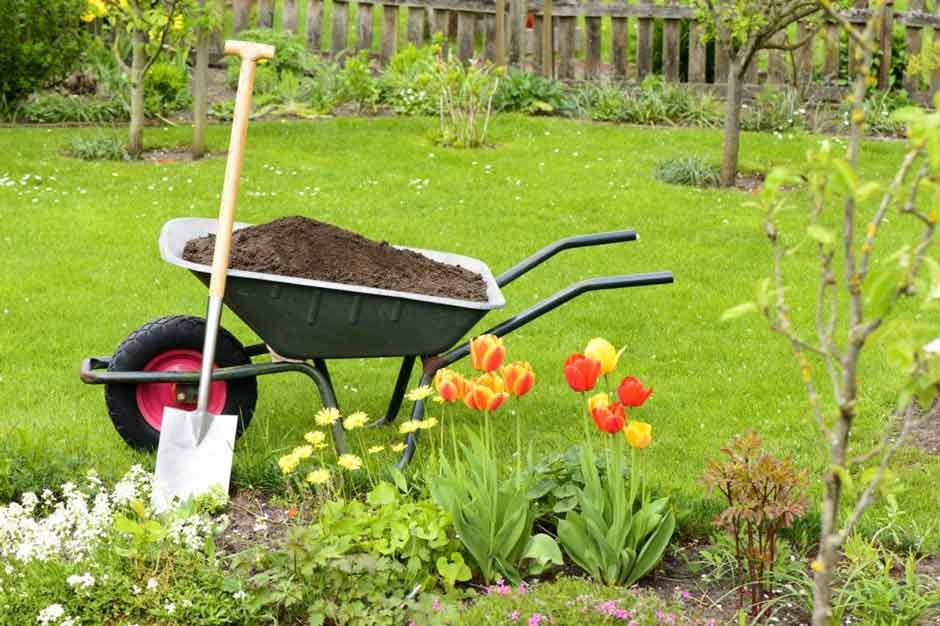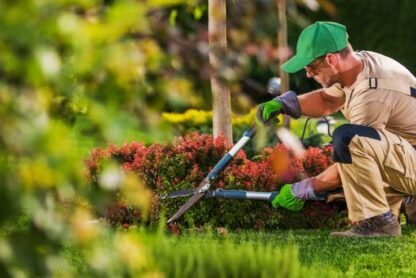When it comes to gardening, the secret to success lies beneath the surface—literally. Healthy soil is the foundation of any flourishing garden, providing plants with the nutrients, water, and structure they need to thrive. Whether you’re a beginner or a seasoned green thumb, understanding soil health and adopting sustainable practices can make all the difference.
In this guide, we’ll explore practical tips and techniques for building and maintaining healthy soil, so your garden becomes a lush haven of greenery and productivity.
Why Soil Health Matters
Healthy soil isn’t just dirt; it’s a living ecosystem teeming with microorganisms, fungi, and organic matter that contribute to plant growth. By nurturing your soil, you set the stage for sustainable gardening practices that reduce dependency on chemical fertilizers and improve plant resilience.
Benefits of Healthy Soil
- Enhanced Nutrient Availability: Healthy soil retains and delivers essential nutrients to plants.
- Improved Water Retention: Soil rich in organic matter holds water efficiently, reducing the need for frequent irrigation.
- Erosion Control: Strong soil structure prevents erosion, protecting your garden during heavy rains.
- Supports Biodiversity: A vibrant soil ecosystem benefits plants, insects, and other wildlife.
Key Components of Healthy Soil
Understanding the building blocks of soil is the first step to improving its quality.
Organic Matter
Organic matter, such as compost or decomposed plant material, is crucial for improving soil structure and fertility. It boosts water retention, promotes microbial activity, and ensures your plants have a steady supply of nutrients.
Soil Texture
Soil texture—whether it’s sandy, clay, or loamy—affects drainage, aeration, and root penetration. Loamy soil is ideal, offering a perfect balance of sand, silt, and clay.
Microbial Life
Beneficial microbes break down organic matter into nutrients that plants can absorb. Fungi, bacteria, and earthworms work together to aerate the soil and support healthy root systems.
pH Levels
Soil pH determines how easily plants can absorb nutrients. Most garden plants prefer a pH between 6.0 and 7.5. Test your soil regularly and amend it with lime or sulfur if needed.
Simple Practices to Improve Soil Health
Healthy soil doesn’t happen overnight, but consistent effort can yield dramatic results.
Add Organic Amendments
Incorporating organic matter like compost, aged manure, or leaf mulch enhances soil structure and fertility. Apply a 2–3 inch layer to your garden beds annually.
Rotate Crops
Crop rotation prevents soil depletion by alternating plants with different nutrient needs. For example, follow heavy feeders like tomatoes with nitrogen-fixing legumes.
Avoid Compaction
Compacted soil limits root growth and reduces aeration. To prevent this, avoid walking on garden beds and consider using tools like the broadfork garden tool to gently loosen the soil without disturbing its structure.
Use Cover Crops
Planting cover crops, such as clover or rye, improves soil health by reducing erosion, adding organic matter, and fixing nitrogen. These crops are particularly beneficial during the off-season.
Sustainable Gardening Practices for Long-Term Success
A sustainable approach to gardening not only enhances soil health but also reduces environmental impact.
Practice Mulching
Mulching helps retain soil moisture, regulate temperature, and suppress weeds. Organic mulches, like straw or wood chips, also break down over time, enriching the soil.
Minimize Chemical Use
Chemical fertilizers and pesticides can disrupt the natural balance of soil organisms. Opt for organic alternatives or integrated pest management strategies to maintain healthy soil biodiversity.
Composting at Home
Composting kitchen scraps and yard waste is an eco-friendly way to produce nutrient-rich organic matter for your garden. A balanced compost pile with green and brown materials ensures optimal decomposition.
Testing and Monitoring Your Soil
Regular testing helps you understand your soil’s unique characteristics and needs.
DIY Soil Testing
Simple DIY tests can measure soil texture and drainage. For instance, a jar test can reveal the proportions of sand, silt, and clay in your soil.
Professional Soil Analysis
For a comprehensive understanding, consider professional soil testing. These tests provide detailed insights into nutrient levels, pH, and organic matter content, enabling precise amendments.
Final Thoughts
Healthy soil is the cornerstone of a thriving garden. By investing in its care through organic matter, proper tools, and sustainable practices, you create an environment where plants can flourish naturally. Whether you’re tending to a small backyard plot or a sprawling vegetable garden, your efforts will yield bountiful rewards season after season.
Start building your garden’s success from the ground up today—your soil, plants, and the planet will thank you.









